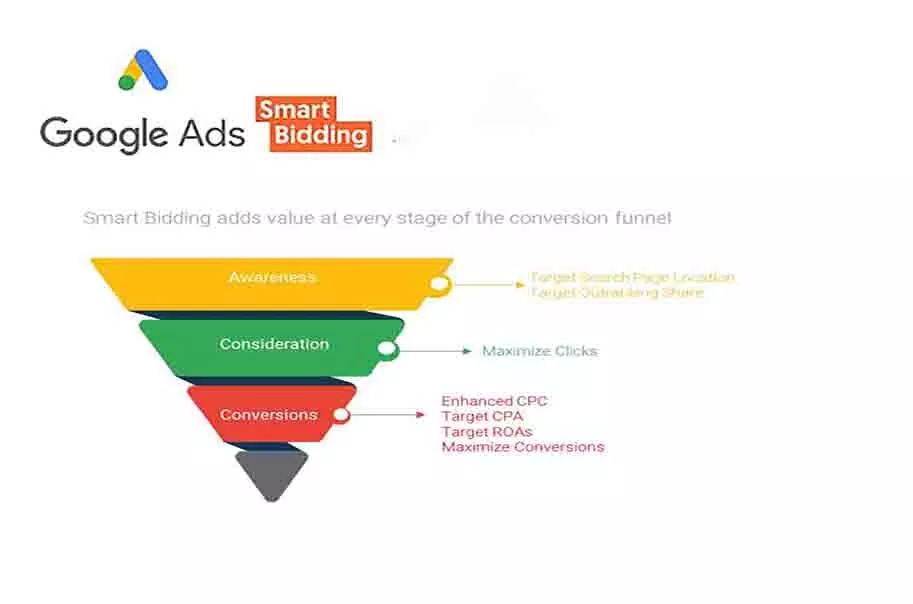Introduction
If you’re involved in content marketing, perhaps you’ve heard about white paper marketing. But why should businesses focus on white paper instead of other types of content writing? That’s because white papers are authoritative reports or guides that solve problems (pain points) through data-backed analysis. They are an incredible tool for improving your content marketing strategies.
When discussing content marketing, let’s also consider India’s spending on digital marketing. According to Statista, in 2024, India spent around410 billion rupees on digitalmarketing—41,000 Crores INR! That’s about 30% more than in 2023.
A mind-boggling jump that is year-on-year! With digital ad spending growing at such a rapid pace, using white paper marketing can be a monumental step ahead for brands that want to build trust and authority in their industry.
These days, thought leadership is an important part of most marketing strategies. White papers are a terrific way to show you’re at the top of your game. Especially in B2B content marketing, white papers are essential. They help you to establish authority and trust that a blog or a PDF cannot do.
Precisely this is the reason why we are going to discuss everything here about white paper. How to write a white paper, types of white paper, whitepaper writing service providers, and more. Be with us, it’s going to be a very insightful journey!
Understanding White Papers-Types and Characteristics
What exactly is a white paper?
In simple terms, a white paper is a formal, data-driven document that addresses specific problems (or pain points) and provides actionable solutions. It’s not just another blog post or other types of content writing; but far from these.
It’s a serious, professionally written, in-depth exploration supported by credible data. Brands use it to position themselves as industry leaders. Not everyone can write such incredible content as it takes years of seasoning in professional writing and knack.
Writing white papers requires research skills, clear writing, and an understanding of the target audience. It’s all about delivering valuable, high-quality content that stands out from the usual marketing noise.
There are companies specializing in whitepaper writing services and can help your white paper marketing as well. We’ll cover that later in the discussion.
What Are the Types of White Papers You’ll Come Across?
Problem-Solution White Papers
These focus on providing solutions to problems the target audience faces.
Data-Driven White Papers
They rely heavily on stats and research, offering insights that help businesses make informed decisions.
Comparison White Papers
These compare various products, services, or strategies, helping readers make a more informed choice.
Why White Papers Are So Effective in Content Optimization and Marketing?
We have covered the fundamentals of a white paper. Now, how does a white paper fit into the broader content marketing and content optimization strategy?
Establishes You as a Thought Leader
76% of B2B marketers say, thought leadership content is important in positioning their brand as a leader in their space. White papers help you build credibility by positioning your brand as a thought leader.
White Paper Is Used as a Lead Generation Tool
White papers are often used as lead magnets. A gated white paper allows you to capture high-quality leads. Because you make your readers fill in their contact details in exchange for downloading a white paper. In return, you get access to highly focused, serious and mature leads who you can nurture.
Engages Decision-Makers
B2B audiences are more likely to engage with white papers as they bring in-depth analysis and solutions. 60% of B2B decision-makers prefer long-form content like white papers because it helps them make informed decisions.
SEO Value
A well-written white paper optimized with targeted keywords can improve your search engine rankings and attract backlinks from reputable sources.
Recycling and Repurposing Content
White papers are versatile. You can break them down into smaller pieces, such as blogs, infographics, or social media posts, giving them extended life. This way you can maximize the value of your white paper.
How Can You Promote White Papers for Maximum Impact?
Even the best white paper won’t succeed if it’s not promoted correctly. White paper marketing is a specialized skill within the broader field of content marketing.
Remember, such documents are designed to educate readers, showcase expertise, and solve problems for the audience. The target audience for white papers is much different from those who read other types of marketing content like blog posts or social media updates.
Who Are the Target Audiences for White Papers?
Industry Professionals
People who want in-depth knowledge and insights about specific topics, trends, or challenges in their fields.
Decision-Makers
Managers, executives, and business owners who need detailed information to make informed decisions. They look for data-driven insights, case studies, and expert analyses.
Researchers and Academics
Those involved in research or academic studies often use white papers as reliable sources of information and references.
Potential Clients
Businesses or individuals considering a purchase or partnership may use white papers to evaluate a company’s expertise and the value of its products or services.
Investors
People looking to invest in a company or sector often use white papers to understand market dynamics, technological advancements, and potential growth areas.
Why Do These Audiences Prefer White Papers?
Depth of Information
White papers offer detailed, well-researched information that goes beyond what you’d find in a typical blog post or social media update.
Credibility and Authority
Well-written white papers establish the author’s expertise and the company’s authority in a specific field.
Decision-Making Support
They provide the data, case studies, and expert opinions needed to make informed decisions.
Professional Language
Unlike casual blog posts, white papers use a formal tone and technical language suitable for professionals and experts.
How to Make the Most Out of Your White Paper? (Tips)
Using It in Social Media and Email Campaigns
Promote your white paper across all your social media channels, and use email marketing to reach out to potential leads.
Collaborate
Partner with industry influencers and leaders to share your white paper, expanding its reach.
Tracking Metrics
Watch metrics like download rates, conversion rates, and time spent on the page to measure success. Adjust your strategy based on these insights.
How to Write a White Paper That Delivers Results?
Here are the steps:
Define Your Audience and Goal
Understanding who you’re writing for is key. Whether it’s to educate, build authority, or generate leads, set clear goals.
Know What You’re Going to Offer
Know exactly what is the thing that you’re going to address or the pain point of your audience that your business can solve.
Conduct In-Depth Research
Solid research is the backbone of any white paper. The more data you have, the more authentic and useful your white paper will be to your readers.
Write Compelling, Data-Backed Content
Focus on providing real value. Don’t just fill pages; make every word count.
Include Visuals and Charts
Visuals make complex data easy to understand. They help break up text-heavy content, making the white paper more engaging.
Edit and Design for Professional Appeal
Ensure the design and layout are clean, professional, and easy to navigate. Poor design can turn off potential readers.
What Should Be the Average or Ideal Length of Your White Paper?
The average or ideal length of a white paper generally falls between 6 to 12 pages or 2,500 to 5,000 words.
Remember, the length varies based on the complexity of the topic you’re dealing with and the detailed information included.
Short White Papers
Around 1,500 to 2,500 words. Used for simpler topics or to introduce a new idea.
Standard White Papers
2,500 to 5,000 words. For a thorough exploration of the subject matter, including detailed analysis and supporting data.
Long White Papers
Over 5,000 words. For in-depth reports, comprehensive guides, or when covering multiple aspects of a complex topic.
Ensure the content is well-organized, engaging, and provides value to the reader without unnecessary filler. Quality is the life-line of any good white paper to serve its purpose.
Tip: If you’re unsure about writing a white paper or feel the lack of expertise to manage, it is always safer to hire a whitepaper writing service provider such as SRV Media without a large hole in your business budget.
Caution! How a Bad White Paper Can Harm Your Brand?
When a well-written white paper can enhance your brand’s authority and trust massively, the opposite is also true and dangerous. A poorly written one can do just the opposite! Here are the pitfalls:
Loss of Credibility
If the content is poorly researched, has inaccurate data, or lacks depth, it can seriously damage your credibility. Readers may question your expertise and reliability.
Negative Perception
A white paper that’s hard to read due to poor organization, typos, or complex jargon can leave a bad impression.
Missed Opportunities
A white paper that fails to engage or provide value won’t attract the leads you’re hoping for. It’s a wasted opportunity to connect with your potential clients or partners.
Damaged Reputation
If readers find the content misleading or overly promotional, it can harm your reputation. Lost trust is hard to regain.
SEO Impact
Poorly written white papers can also affect your SEO efforts. Low-quality content lowers search engine rankings, reducing your visibility and reach.
Final Run Down
A well-written white paper goes beyond a marketing tool. It’s an essential part of an effective strategy. If managed well it can build your brand authority, generate leads, and improve content optimization efforts.




